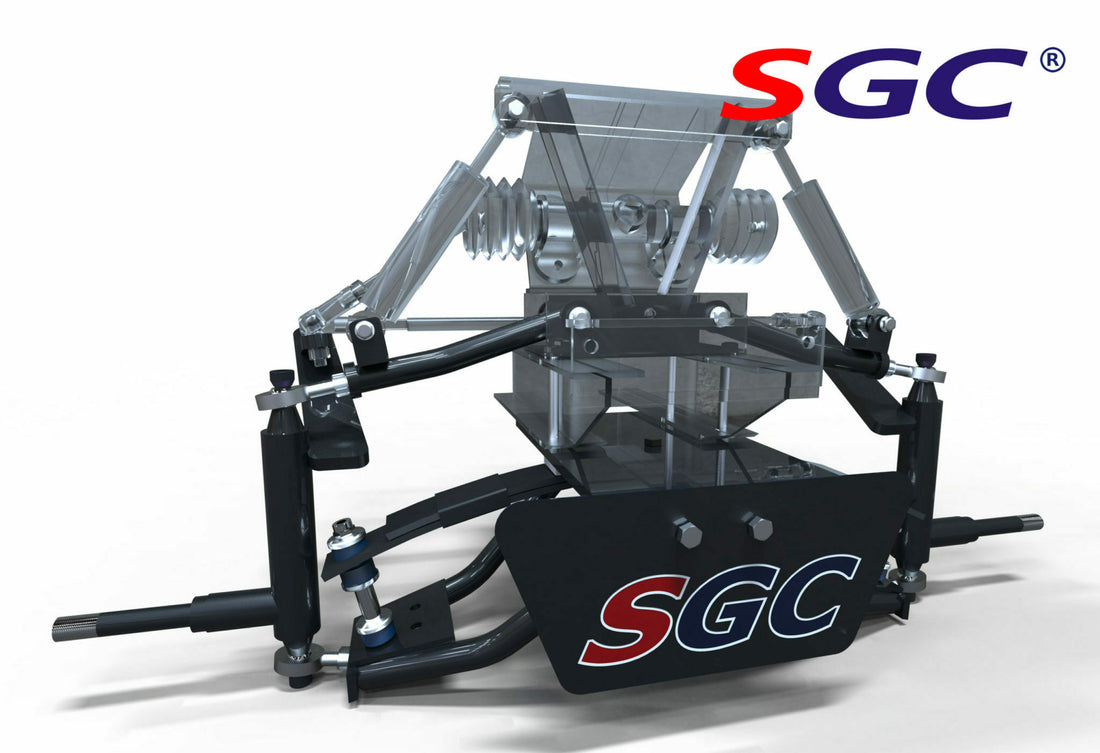Troubleshooting Lithium Golf Cart Battery Issues: A DIY Guide
Lithium batteries have revolutionized the world of golf carts, offering superior performance and longevity compared to traditional lead-acid batteries. As a golf cart owner, you’ve likely experienced the benefits of these powerful energy sources. However, like any technology, lithium batteries can encounter issues that may affect your golf cart’s performance. Proper maintenance is crucial to ensure your lithium-powered golf cart continues to serve you well on the greens and beyond. In this guide, we’ll walk you through the process of troubleshooting common lithium golf cart battery issues, empowering you to keep your cart running smoothly.
Understanding Lithium Golf Cart Batteries
Before diving into troubleshooting, let’s briefly explore why lithium batteries are a game-changer for golf carts. Compared to lead-acid batteries, lithium batteries offer several advantages:
- Longer lifespan (up to 5,000 charge cycles)
- Faster charging times
- Lighter weight, improving cart performance
- Maintenance-free operation
- Consistent power output throughout discharge
A typical lithium golf cart battery consists of multiple lithium-ion cells connected in series and parallel configurations. These cells work together to provide the necessary voltage and capacity for your golf cart. The battery pack also includes a Battery Management System (BMS) that monitors and controls charging, discharging, and overall battery health.
With proper care, you can expect your lithium golf cart battery to last 8-10 years or more, providing reliable performance throughout its lifespan.
Common Lithium Battery Issues in Golf Carts
Despite their robustness, lithium batteries can experience issues that may affect your golf cart’s performance. Here are some common problems you might encounter:
- Reduced range or power: You may notice your cart doesn’t travel as far on a single charge or lacks the power it once had.
- Slow charging or failure to charge: The battery might take longer to charge or fail to reach full capacity.
- Uneven cell voltage: Individual cells within the battery pack may have different voltage levels, affecting overall performance.
- Overheating: The battery pack might become excessively hot during use or charging.
- Battery Management System (BMS) errors: The BMS might display error codes or shut down the battery to protect it from damage.
Understanding these issues is the first step in effective troubleshooting. Now, let’s explore how you can address these problems yourself.
DIY Troubleshooting Steps
Before you begin troubleshooting, it’s essential to prioritize safety. Always wear insulated gloves and eye protection when working with batteries. Ensure you have the necessary tools, including a multimeter, insulated screwdrivers, and a battery charger.
Checking Battery Connections and Cables
- Start by inspecting all battery connections for signs of corrosion, loose terminals, or damaged cables.
- Clean any corroded terminals with a mixture of baking soda and water, then dry thoroughly.
- Tighten loose connections, but be careful not to overtighten and damage the terminals.
- Replace any frayed or damaged cables to ensure proper electrical flow.
Inspecting the Charger and Charging Process
- Verify that your charger is compatible with your lithium battery pack.
- Check the charger’s output voltage and current using a multimeter to ensure it’s functioning correctly.
- Monitor the charging process to confirm the battery reaches full charge within the expected time frame.
- If charging is slow or incomplete, try using a different charger to rule out charger-related issues.
Monitoring Individual Cell Voltages
- Use a multimeter to check the voltage of each cell in your battery pack (if accessible).
- Compare cell voltages – they should be within 0.1V of each other.
- If you find significant voltage discrepancies, the affected cells may need balancing or replacement.
Evaluating Temperature During Use and Charging
- Feel the battery pack for any unusually hot spots during operation or charging.
- Use an infrared thermometer to measure surface temperatures if available.
- If overheating occurs, discontinue use and allow the battery to cool before further troubleshooting.
Resetting the Battery Management System
- Locate the BMS reset button or procedure in your battery’s manual.
- Follow the manufacturer’s instructions to perform a BMS reset.
- This can often resolve minor system errors and restore normal operation.
Remember, patience is key when troubleshooting. Take your time with each step, and don’t hesitate to consult your battery’s manual for specific guidance.
Maintenance Tips to Prevent Issues
Prevention is always better than cure. Here are some tips to keep your lithium golf cart battery in top shape:
-
Proper charging practices:
- Avoid overcharging by unplugging the charger once the battery is full.
- Don’t let the battery discharge completely before recharging.
- Use only the charger designed for your specific lithium battery.
-
Storage recommendations:
- If storing long-term, keep the battery at about 50% charge.
- Store in a cool, dry place away from direct sunlight.
- Check and recharge every 3-4 months during storage.
-
Regular cleaning and inspection:
- Keep the battery and connections clean and dry.
- Inspect for signs of physical damage or swelling.
- Check connections periodically for tightness and corrosion.
When to Seek Professional Help
While many issues can be resolved through DIY troubleshooting, some situations require professional assistance:
- Visible physical damage to the battery pack
- Persistent BMS errors that don’t resolve with reset
- Swelling or deformation of the battery casing
- If your battery is still under warranty, contact the manufacturer before attempting extensive repairs
Conclusion
Maintaining your lithium golf cart battery doesn’t have to be a daunting task. By understanding common issues and following these troubleshooting steps, you can keep your cart running smoothly for years to come. Remember, regular maintenance and proper care are key to maximizing your battery’s performance and lifespan. With a little DIY know-how, you’ll be back on the course in no time, enjoying the benefits of your lithium-powered golf cart.

















